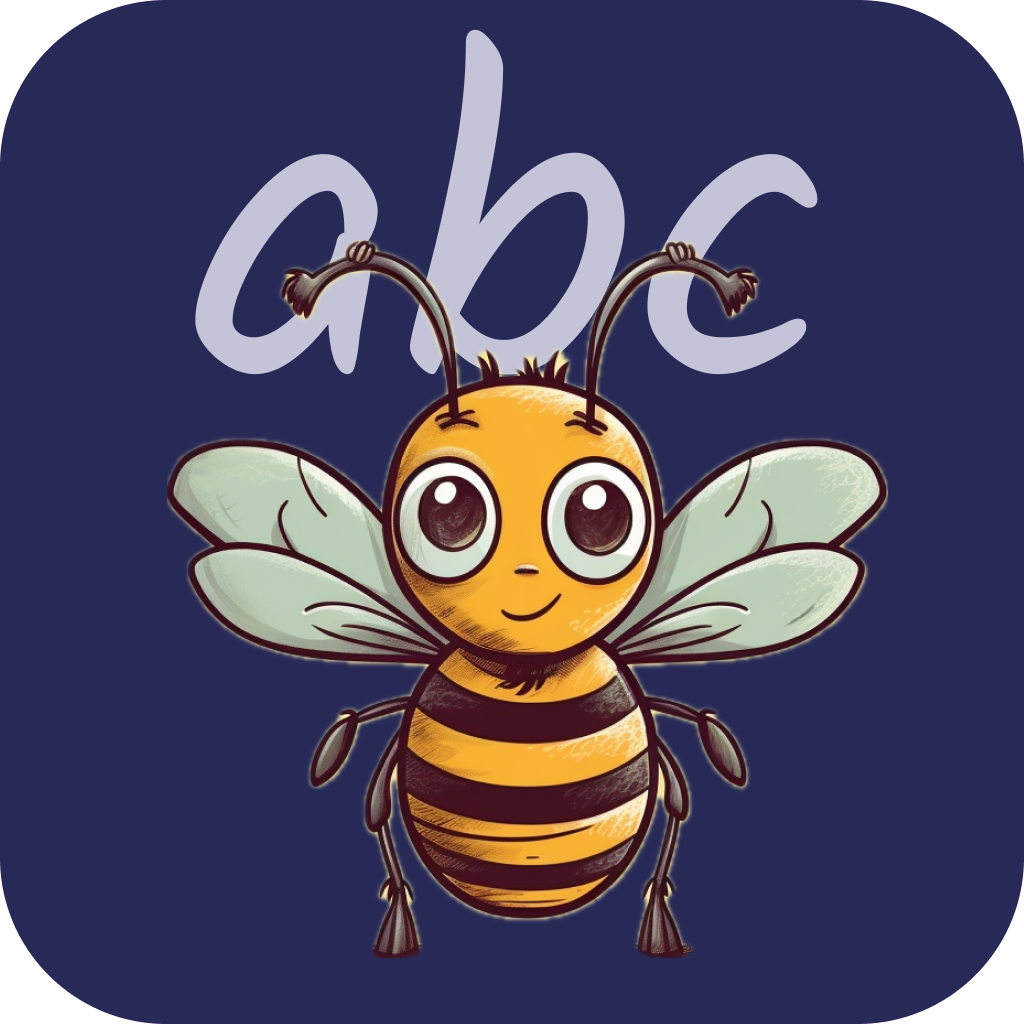Spelling tricky words can be one of the biggest challenges for young learners. Some words don’t follow standard phonetic rules, making them difficult to decode using traditional phonics. Words like “because,” “enough,” “friend,” “knight,”and “said” require special strategies to help children learn and remember them.
So, how do we effectively teach tricky words? In this article, we’ll explore research-backed methods, multisensory techniques, and fun activities that make spelling tricky words easier for kids.
Why Are Some Words Tricky to Spell?
Tricky words are words that:
• Don’t follow phonetic rules (e.g., “one” doesn’t sound like “o-n-e”).
• Have silent letters (e.g., “knight,” “island”).
• Contain unexpected letter combinations (e.g., “colonel,” “Wednesday”).
• Have homophones (words that sound the same but are spelled differently, e.g., “there” vs. “their” vs. “they’re”).
Because these words cannot always be “sounded out,” children need alternative strategies to remember them.
Best Strategies for Teaching Tricky Words
1. Use Mnemonics and Memory Tricks
A mnemonic is a fun way to remember tricky words by associating them with a phrase, rhyme, or visual cue.
🔹 Examples of Mnemonics for Tricky Words:
• Because → Big Elephants Can Always Understand Smaller Elephants.
• Said → Silly Ants In Dresses.
• Necessary → One collar, two sleeves (neCeSSary).
📌 Teaching Tip: Create personalized mnemonics with your child—let them come up with silly stories that stick!
2. Break the Word into Chunks (Chunking Method)
Dividing a tricky word into smaller parts makes it easier to spell.
🔹 Examples:
• “Wed-nes-day” instead of “Wednesday.”
• “Sep-a-rate” instead of “separate.”
• “Fri-end” instead of “friend” (to remember the word contains “end”).
📌 Teaching Tip: Clap or tap the syllables as the child spells the word aloud.
3. Use Multisensory Learning (Orton-Gillingham Approach)
Multisensory learning engages multiple senses (sight, sound, touch) to reinforce memory.
🔹 Ways to Apply Multisensory Spelling:
✔ Sand Writing: Have kids trace the word in a tray of sand or salt while saying each letter.
✔ Air Writing: Let kids “write” the word in the air with big hand movements.
✔ Rainbow Writing: Spell the word multiple times in different colors.
✔ Tactile Letters: Use letter magnets or playdough to form the word.
📌 Teaching Tip: Let kids “feel” the word by using textured surfaces like sandpaper or finger painting.
4. Use Spaced Repetition for Retention
Children need consistent exposure to tricky words to master their spelling. Spaced repetition ensures they don’t forget words over time.
🔹 How to Implement Spaced Repetition:
✔ Flashcards: Practice words daily, then gradually space reviews every few days.
✔ Daily Spelling Lists: Introduce 3–5 tricky words per week and revisit them in later lessons.
✔ Digital Spelling Apps: Use apps like Spelling Bee to automate repetition in fun ways.
📌 Teaching Tip: Use a “tricky words wall” where children can place words they struggle with and review them regularly.
5. Use Contextual Learning (Spelling in Sentences)
Tricky words make more sense when used in real-world sentences.
🔹 Ways to Teach Tricky Words in Context:
✔ Story Writing: Ask children to use tricky words in short stories.
✔ Sentence Building: Provide a sentence with a missing tricky word and ask them to fill it in.
✔ Dictation Practice: Read sentences aloud and have children write them down.
📌 Teaching Tip: Make a “tricky word of the day” and encourage kids to find it in books they read.
6. Gamify Learning (Make Spelling Fun!)
Adding games makes tricky spelling words exciting rather than frustrating.
🔹 Fun Spelling Games for Tricky Words:
✔ Spelling Bingo: Create a bingo board with tricky words.
✔ Word Search: Hide tricky words in a word search puzzle.
✔ Hangman: Have kids guess letters of tricky words.
✔ Memory Matching: Match words with pictures or definitions.
📌 Teaching Tip: Use rewards (stickers, points, certificates) to motivate kids.
Example: Teaching “Because” Using Multiple Strategies
1️⃣ Mnemonics: “Big Elephants Can Always Understand Small Elephants.”
2️⃣ Chunking: Break into be-cause and focus on “cause.”
3️⃣ Multisensory: Write in sand, air, or rainbow colors.
4️⃣ Repetition: Add to a daily flashcard review.
5️⃣ Contextual Learning: Use it in a sentence like “I love reading because it is fun.”
6️⃣ Gamification: Play Spelling Bingo and find “because” in a book.
By combining these methods, children build multiple memory pathways, making spelling easier!
Final Thoughts: A Holistic Approach Works Best
No single method works for every child, so the best way to teach tricky words is through a combination of visual, auditory, kinesthetic, and contextual learning.
Key Takeaways:
✔ Use mnemonics to make words memorable.
✔ Break words into smaller chunks.
✔ Engage multiple senses for better retention.
✔ Practice frequently with spaced repetition.
✔ Make spelling fun with games and challenges.

